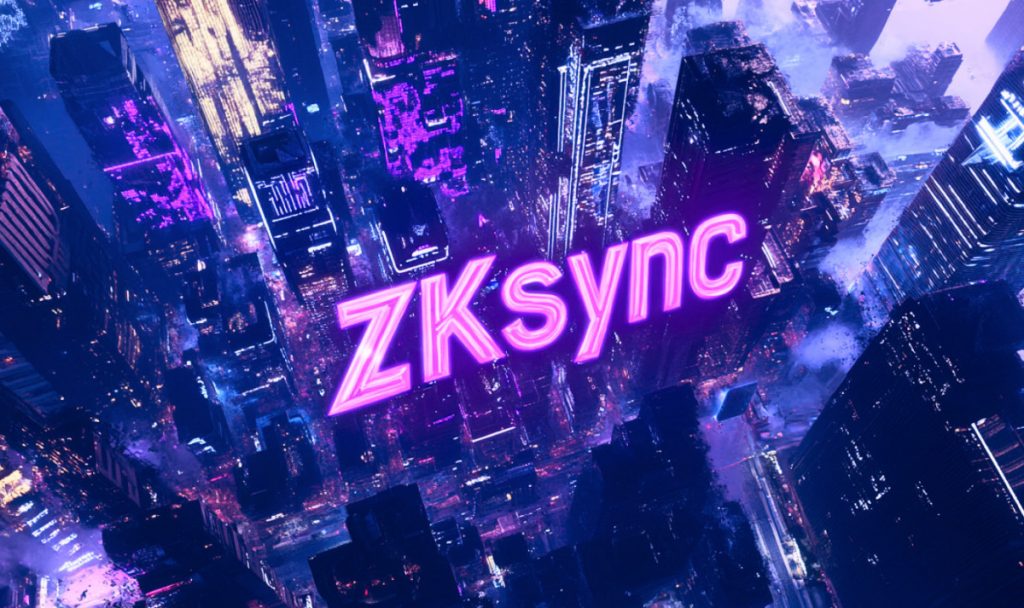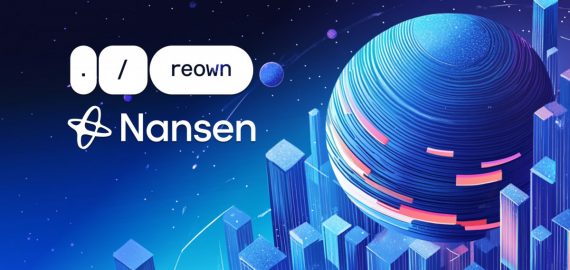ZKsync's Ambitious 2025 Plans: Aiming for an Improved Developer Experience and Natural Interoperability
May 01, 2025
In its roadmap for 2025, ZKsync builds on prior achievements from 2024, focusing on refining the developer journey, mimicking a Web2-like experience, and interlinking various public and private chains.

The creators of the Ethereum Layer 2 scaling solution have shared their plans for 2025. Building on the strides made in 2024, ZKsync’s strategy details pivotal objectives for the ZK Stack in the upcoming year. Know More For 2025, ZKsync envisions a more refined developer experience characterized by features like Bytecode Ethereum Virtual Machine (EVM) equivalence, tools from LLVM, and a debugger in VS Code. The platform also aims for a user experience akin to Web2, targeting a throughput of 10,000 transactions per second (TPS) at a mere cost of $0.0001 per transaction, while ensuring a solid security foundation at Stage 1 through decentralized sequencing and proof mechanisms. Furthermore, ZKsync plans to roll out a robust smart wallet SDK for web and mobile, alongside private validium options. The roadmap also aims to connect public and private zero-knowledge (ZK) chains, facilitating smooth cross-chain interaction and method calls.
2025 Key Focuses for ZKsync: Elevating Developer Tools with EVM Equivalence and an Integrated Development Environment
ZKsync has marked its top priority as reaching EVM equivalence at the bytecode level. With the launch of Boojum 2.0 and BoojumOS, which serve as new layers for proof and operation, the intention is to cultivate a setting that accommodates all the typical tools used in Layer 1 development. In tandem, ZKsync is enhancing its advanced LLVM-based Solidity compiler, introducing a backend for EVM-bytecode aimed at minimizing smart contract costs. With ongoing development, the platform aspires to implement a VS Code debugger for EVM and extend support for Web2 profiling tools, code coverage assessments, and integrated development environments for EVM. These improvements will not only aid ZKsync developers but also everyone involved with EVM-powered chains.
Beyond achieving EVM equivalence, BoojumOS lays the groundwork for multi-VM functionality. This will empower Solidity contracts to collaborate with Rust-based WASM contracts and other RISC-V-compiled scripts in the same block. Such a feature bridges the gap between crypto-centric and traditional Web2 development, facilitating a seamless transition for developers from conventional backgrounds, thus allowing them to navigate effortlessly within the ecosystem.
ZK-based frameworks could potentially surpass other Web3 scaling methods. Utilizing mathematical proofs for security, rather than depending on validator consensus, lets sequencer hardware upscale aggressively, resulting in higher transaction throughput and reduced latency. This means users can expect greater transaction volumes and quicker response times. The forthcoming BoojumVM is set to aim for a capacity of 10,000 TPS, with an estimated proving cost of around $0.0001 for each ERC20 transfer by the conclusion of 2025.
Simultaneously, ZKsync's long-term vision includes achieving full rollup maturity at Stage 2, but making significant strides in Stage 1 is within reach. The final touch for Stage 1 will be the introduction of a forced inclusion mechanism (priority queue), ensuring that all transactions get processed on-chain, regardless of any attempts to exclude them by a sequencer. This crucial upgrade fortifies the network's resilience and enhances the trustworthiness of its core security assurances.
ZKsync is also aiming to redefine wallet functionalities by launching smart accounts designed to deliver a smooth, user-friendly, and secure experience that competes with the top Web2 solutions. This transformation has already begun with the introduction of ZKsync Smart Sign-On (SSO), which replaces traditional seed phrases with biometric authentication and simplifies transaction approvals. The ambition is to extend these innovations for both web and mobile, delivering a user experience that feels as intuitive and easy as conventional applications.
For major companies and Web2 platforms with large customer bases, transitioning sensitive business logic onto the blockchain can pose significant challenges. To tackle this issue, ZKsync is in the process of developing a private validium solution that guarantees chain-level privacy, similar to Web2 data management practices. A select group of authorized validators will maintain a confidential state, releasing information only when necessary, thus providing a rapid and secure alternative for weaving sensitive business processes into the blockchain ecosystem.
The first ZK chain within the ZKsync network will play an essential role in bolstering the Elastic Network. It is set to function as a vibrant hub, supporting a variety of key activities such as
Know More Read More bridging, infrastructure, liquidity, and capital markets. Read more This Layer 2 network aims to enhance transaction cost-efficiency and speed on Ethereum through ZK rollups and zero-knowledge proofs.
News Report It's crucial to emphasize that the content presented on this page should not be construed as legal, tax, investment, financial, or any other form of guidance. Always invest only what you can afford to lose and sought independent financial advice should you have any uncertainties. For further details, we recommend reviewing the terms and conditions and the help resources made available by the issuer or advertiser. MetaversePost is dedicated to providing accurate and unbiased reporting, yet market conditions can change rapidly without prior notice.
Alisa Davidson
May 1, 2025 Education Alisa, a committed journalist at Cryptocurrencylistings, specializes in the arenas of cryptocurrency, zero-knowledge proofs, investments, and the ever-expanding domain of Web3. Her sharp insight into nascent trends and technologies guarantees in-depth coverage that enlightens and captivates readers navigating the continuously shifting world of digital finance.
News Report
Enso, LayerZero, and Stargate Collaborate to Facilitate One of the Largest Liquidity Transitions on Ethereum to Unichain
Technology











